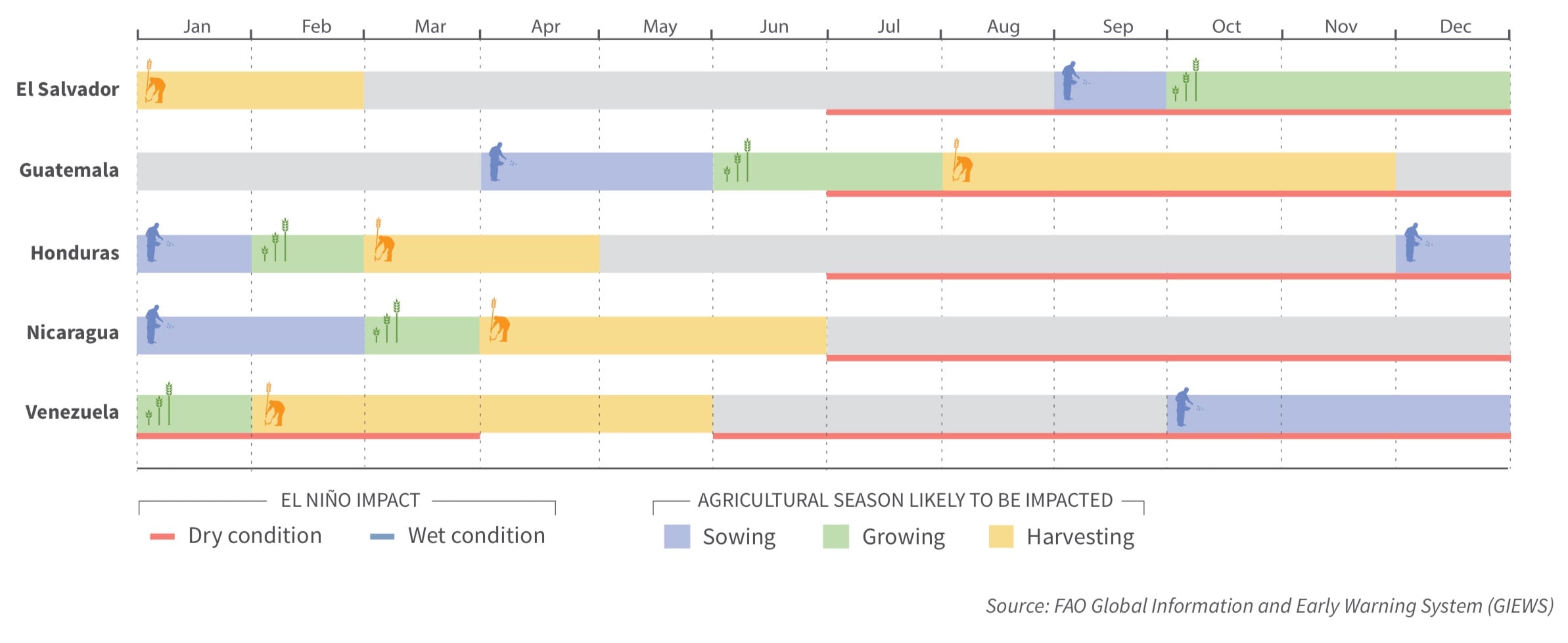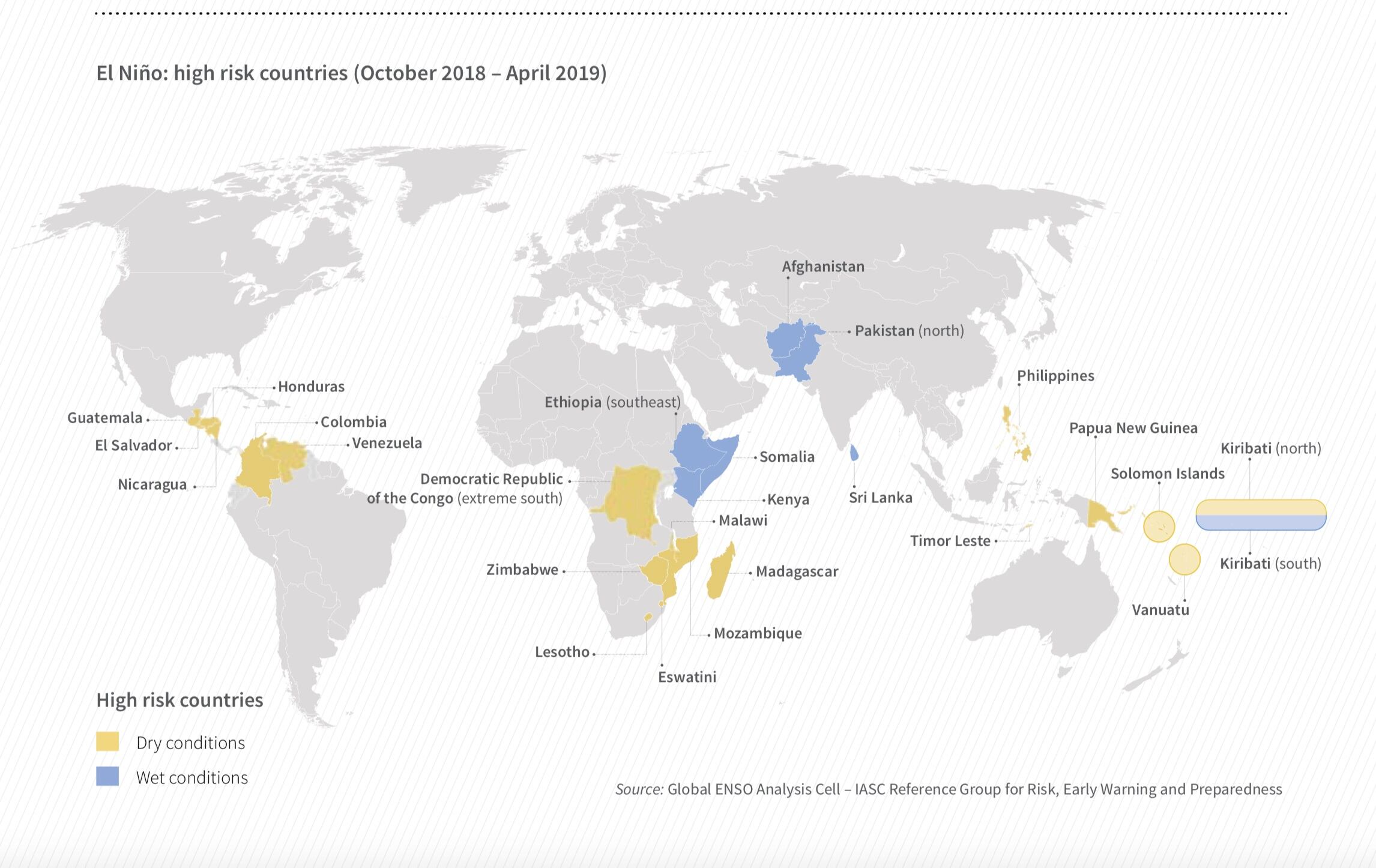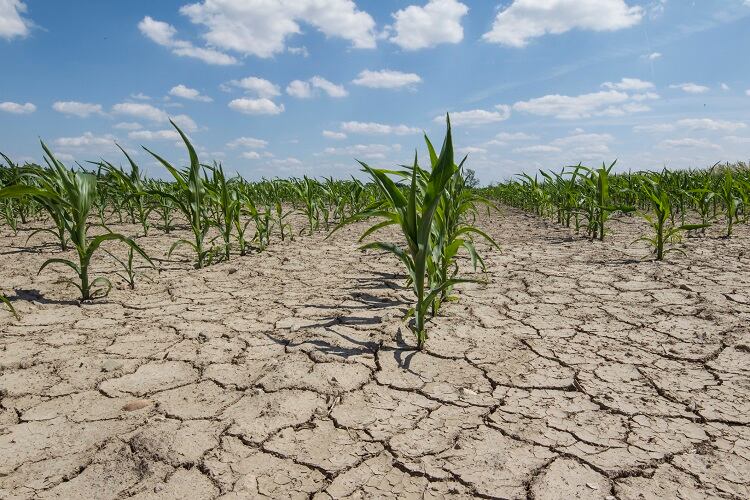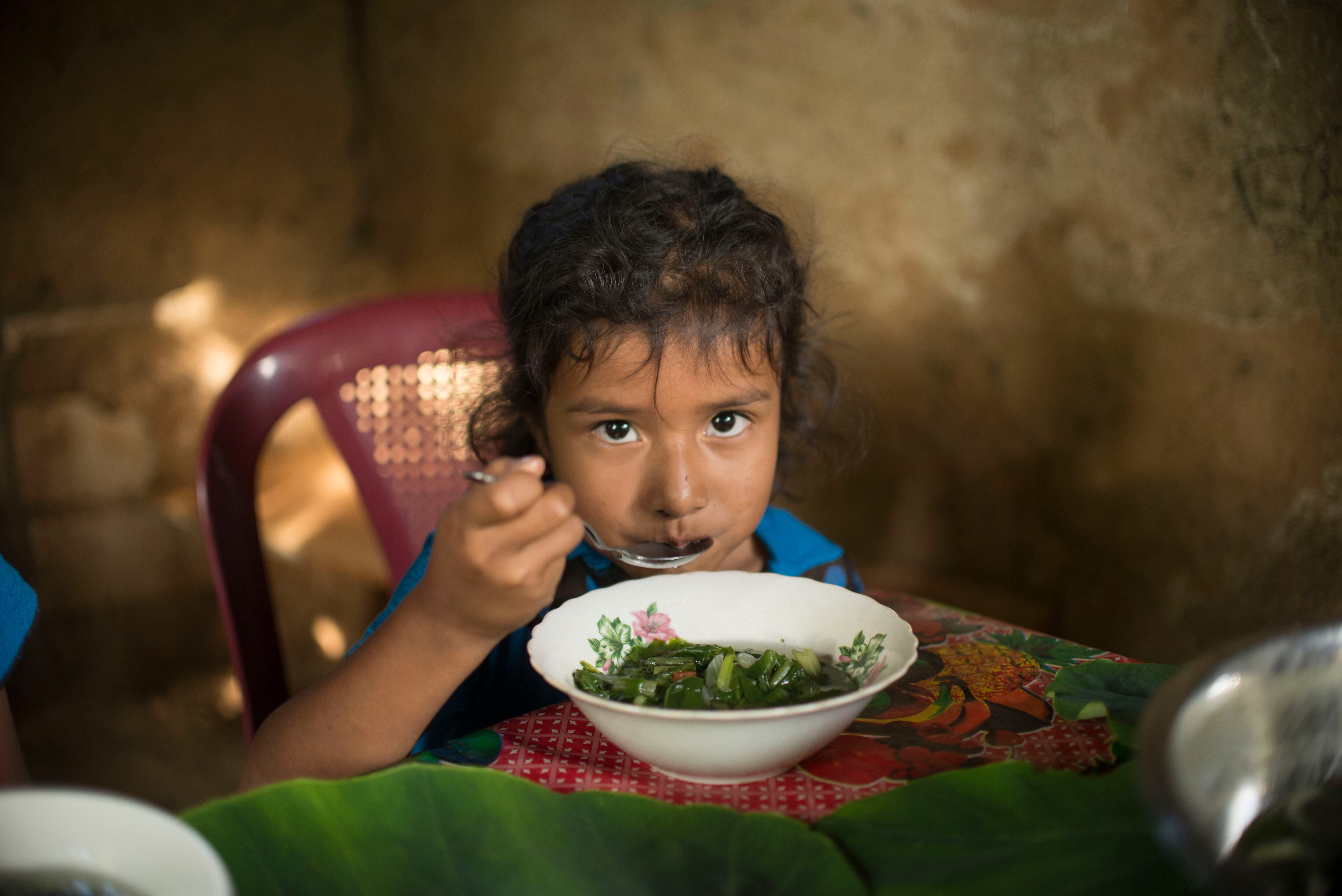The FAO released its advisory for El Niño 2018/19 following the release of a number of reports predicting an El Niño event occurring in the coming months. The forecasts, published by the International Research Institute (IRI) for Climate and Society of Columbia University, the World Meteorological Organization (WMO) and the Australian Bureau of Meteorology (BOM), all confirmed high probability of an El Niño event occurring towards the end of this year and into early next.
The last El Niño event in 2015/16 was one of the strongest on record, affecting more than 60 million people worldwide and resulting in appeal for international humanitarian aid to the tune of US$5bn from 23 countries, according to the FAO.
“The impact of El Niño on agriculture and food security can be severe,” it wrote in its advisory, and so early assessments and forward-planning where possible were important.
What is El Niño?
El Niño is a recurrent global atmospheric-oceanic phenomenon associated with an increase in sea surface temperatures in the central tropical Pacific Ocean and a sustained weakening of the trade winds. It can cause severe weather conditions – often extensive dry spells or heavy rainfall. An El Niño event develops approximately every two to seven years and lasts anywhere from six months to two years.
Central America at 'high risk'
The FAO identified a number of countries and regions as 'high risk' to the incoming El Niño pattern, including Southern Africa, the Horn of Africa, parts of Asia and some Pacific Islands. Six Central American countries were also listed: Colombia, El Salvador, Guatemala, Honduras, Nicaragua and Venezuela.
All of these regions and countries, the FAO said, “should be prioritized for international support in further analysis and early action” and each should “carefully monitor” regional and national forecasts in the coming weeks and months.
According to IRI forecasts, the six Central American countries would experience “below normal rainfall” between November 2018 and January 2019, creating dry conditions until March 2019 in eastern Nicaragua, Guatemala and Honduras and above average rainfall in Northwestern Colombia and vast portions of Venezuela for the same period.
The FAO noted that the potential impact of El Niño came at a time where many of these countries were already recovering from weather extremes or political and economic instability.
The Dry Corridor (El Salvador, Guatemala, Honduras and Nicaragua), for example, was recovering from the 2018 Canícula that hit between June and mid-August, creating longer and more pronounced than average dry conditions.
“El Niño in Central America could affect production in the 2018 postrera season, planting of which started in August and harvesting begins in December (November in the case of Nicaragua). This would exacerbate existing vulnerabilities resulting from previous dry conditions,” the FAO said.
If dry conditions persisted into 2019, the lean season which typically peaked in March and April and the primera season whose planting usually started mid-April could also be affected.

Food security amid political instability
The FAO said poor crop production could then impact food security in Central America, particularly among producers in the Dry Corridor, most of which were subsistence farmers, but it would especially impact Nicaragua – a country experiencing “widespread political unrest” and decreasing average household incomes, due to low exports, limited tourism, lack of employment and foreign investment.
“The impact of continuing dry conditions on agriculture could contribute to a deteriorating food security crisis over the coming months,” it said, as well as exacerbate regional migration flows from political unrest.
The rice and maize seasons in Venezuela could also be affected by El Niño, compounding an “already severe economic crisis in the country, where the collapse in economic activity, hyperinflation and increasing deterioration in the provision of public goods have resulted in a dramatic increase in food insecurity”, the advisory report said.
The FAO said early actions could be taken, specific to the context in each country, but could include things like crop diversification; appropriate management and use of irrigation water; building seed storage capacity; and strengthening strategic food reserves at national and local level.
For livestock and aquaculture farmers, good practice for fodder storage; livestock diversification; and breeding of fish in community reservoirs could also help potential El Niño impacts, the FAO said.



